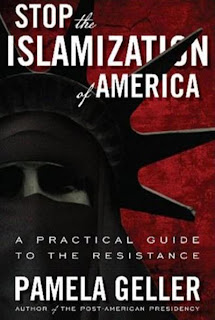Lack of Bona Fide Intent Dooms Two "FUTURE" Applications, Says TTAB
The Board sustained these two oppositions to registration of the mark FUTURE, in standard character and stylized forms, for various services in classes 35 and 36, finding that applicant Kent G. Anderson lacked a bona fide intention to use the mark with the services as of the filing date of the applications. The class 36 services related to banking and finance, while the class 35 recitation encompassed services ranging from shopping malls and aircraft dealerships to talent agencies and dog breeding. Lincoln National Corporation v. Kent G. Anderson, Opposition Nos. 91192939 and 91194817 (February 21, 2014) [Re-designated as precedential on March 26, 2014].
In its 46-page decision, the Board concluded that Anderson was "merely attempting to reserve a general right in his FUTURE mark when he filed his intent-to-use applications." His "idealistic hopes for forming a futuristic company" (described at his website and in his testimony), did not suffice to establish a bona fide intention to use the mark.
The legislative history of Section 1(b) provided support for the Board's finding. It provides as an example of objective evidence that may cast doubt on an applicant's bona fides, the filing of "an excessive number of intent-to-use applications in relation to the number of products the applicant is likely to introduce." Although Anderson filed for many classes in each of the two applications here opposed, rather than filing a multiplicity of applications, the same reasoning applied: the sheer number of classes and their diverse scope led the Board to find it "highly unlikely" that Anderson would be able to introduce the class 35 and 36 services during the pendency of his applications.
There was no record evidence to show that Anderson ever had the capacity to provide any of the services in class 35 and class 36. He admitted same, testifying that if he had the resources and knowledge, he would provide the services. His efforts and activities regarding implementation of his plans for the FUTURE mark were too non-specific to support a finding of a bona fide intent.
And so the Board sustained the oppositions on the ground of lack of bona fide intent. The Board also sustained the oppositions, in part, on a Section 2(d) ground, which we will not discuss here.
With regard to the two opposed applications, nine classes remain in one and seven in the other.
Read comments and post your comment here.
TTABlog note: Mr. Anderson has appeared twice before at this blog. In 2009, the Board affirmed a refusal based upon his failure to comply with a Rule 2.61 request for additional specimens for his mark TOMORROW, in classes 1 and 3 goods, because of the wide range of unrelated articles listed in his application. [TTABlogged here]. And in 2012, the Board applied collateral estoppel against Mr. Anderson and certain applications to register the FUTURE mark, based upon prior inter partes rulings against him. [TTABlogged here].
Text Copyright John L. Welch 2014.

























































